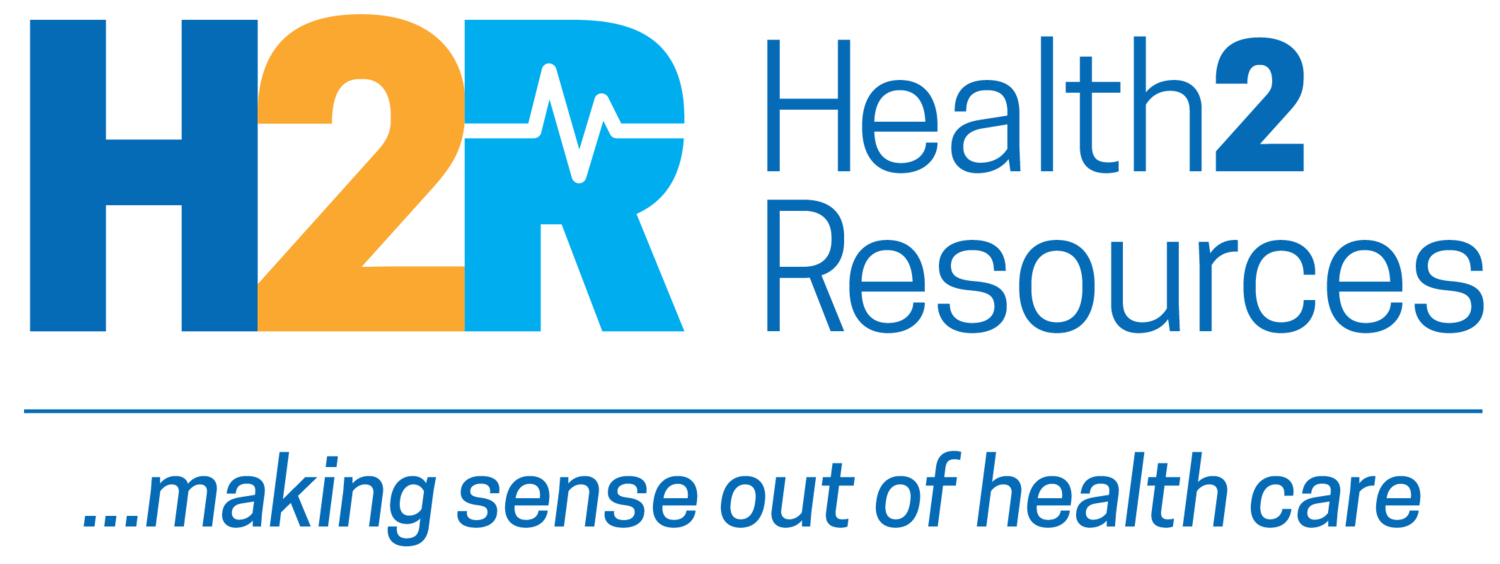July 9, 2020 | Who spends how much on what
INDUSTRY NEWS
The battered state of public health
Years of budget and staffing cuts eroded the nation’s public health system, leaving it unprepared for the current pandemic, according to an AP/Kaiser Health News investigation. Among the takeaways: Since 2010, spending for state public health departments has dropped by 16% per capita and for local health departments by 18%. More than 75% of Americans live in states that spend less than $100 per person annually on public health: Spending ranges from $32 in Louisiana to $263 in Delaware. Some public health workers earn so little that they qualify for government assistance. (KHN/AP six takeaways; full-length version)
Could be worse. Could be airborne…
Scientists are challenging the World Health Organization’s convention that the coronavirus is spread primarily by large respiratory droplets that, once expelled via coughs and sneezes, fall quickly to the ground. In an open letter to WHO, 239 scientists in 32 countries have outlined the evidence showing that smaller particles can infect people and are calling for the agency to revise its recommendations. They argue that WHO makes an artificial distinction between tiny aerosols and larger droplets, even though infected people produce both. (New York Times)
INNOVATION & TRANSFORMATION
Two University of Washington undergrads have created gloves called SignAloud. Sensors attached to the gloves measure hand position and movement, and data is sent to a computer via Bluetooth, then converted into spoken word and text. The glove hasn’t “learned” all the complexities and nuances of American Sign Language, but the inventors say it’s moving in that direction. (NPR)
COVID helps sort primary care winners, losers
A new crop of health care startups is trying to shake up the $260 billion primary care market. It’s an industry that’s ripe for disruption, according to Canaccord Genuity health care analyst Richard Close. He argues that COVID-19 is shining a light on the divide between business models that can thrive under the circumstances and those that cannot. “Business models such as Zoom, Amazon, Netflix and Teladoc have been clear winners. There are also winners and losers in primary care.” Fierce Healthcare looks at some of the potential “winners.” (Fierce Healthcare)
CONSUMERS & PROVIDERS
Survey: PCPs stressed, lack PPE and need funding
Primary care physicians are stressed and worried—and for good reason. Fewer than half of practices report having enough cash on hand to stay open, according to a survey from 3rd Conversation, the Larry A. Green Center and the Primary Care Collaborative. Moreover, 45% of practices say they lack PPE, and 61% are reusing PPE. Nearly 70% of practices are not ready for reduced or terminated payment telehealth visits. More than 30% of PCPs feel unready or “spent” from the demands of the pandemic. More than 40% feel unready for another wave. (Fierce Healthcare; survey)
Clinical labs soon overwhelmed?
With the spike in coronavirus cases in southern and western states, commercial labs are warning that they lack the capacity to keep up with growing demand for testing. The American Clinical Laboratory Association reports its members have seen a steady increase in the volume of COVID-19 test orders recently and warned that critical testing materials are in short supply. (Healthcare Dive; ACLA)
NEW & NOTED
Neurosis and pre-dementia: A recent study looked at the impact of neuroticism, extraversion, conscientiousness, agreeableness and openness on pre-dementia conditions. Openness was associated with a 6% reduced risk of motoric cognitive risk, while neuroticism was associated with a 6% increased risk of non-amnestic mild cognitive impairment. (Medical XPress; Journal of the American Geriatrics Society)
More on hydroxychloroquine: A retrospective study published in the International Journal of Infectious Diseases finds that hydroxychloroquine helped hospitalized patients survive COVID-19. "In this multi-hospital assessment, when controlling for COVID-19 risk factors, treatment with hydroxychloroquine alone and in combination with azithromycin was associated with reduction in COVID-19 associated mortality. Prospective trials are needed to examine this impact,” the researchers wrote. (CNN; International Journal of Infectious Diseases)
M&A continues during pandemic: The COVID-19 pandemic did not stall mergers and acquisitions in the second quarter as much as some analysts had originally expected, according to the consultancy Kaufman Hall. It anticipates “a significant uptick in M&A activity to be just ahead of us.” (Healthcare Dive)
MULTI-MEDIA
An interactive graphic from the California Health Foundation uses CMS data to show national spending on personal health care from 1960 to 2018 by payer and spending category. (graphic)
MARKETVOICES...QUOTES WORTH READING
“Anyone—whether a policymaker, an insurer or patient—should be totally alarmed. This data tells us that we are in deep trouble. I don’t know how much longer we can shout at the wind, but I’ll say it again: Health care is only going to get more expensive and less available from here on out unless policymakers and insurers act fast to prevent even larger economic and health catastrophes resulting from the imminent collapse of primary care.”—Christine Bechtel, patient advocate and co-founder of 3rd Conversation, talking about the results of a survey conducted by her group, the Primary Care Collaborative, and the Larry A. Green Center, quoted in Fierce Healthcare
